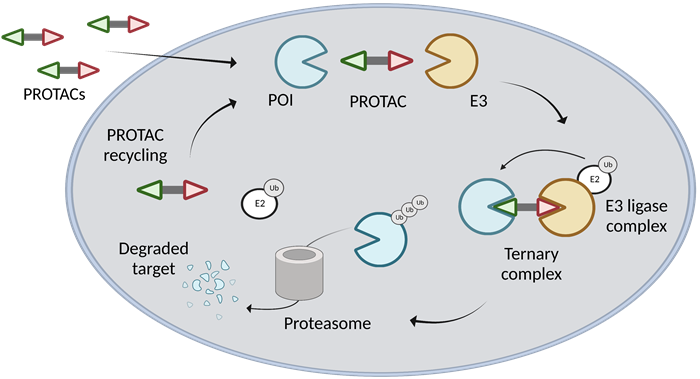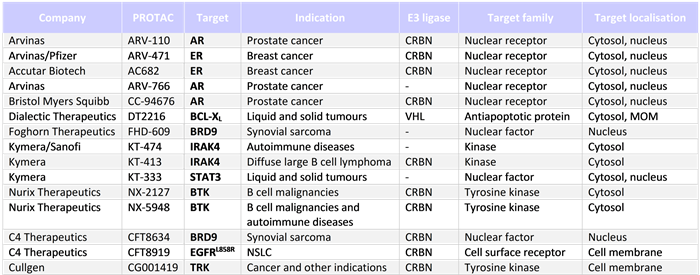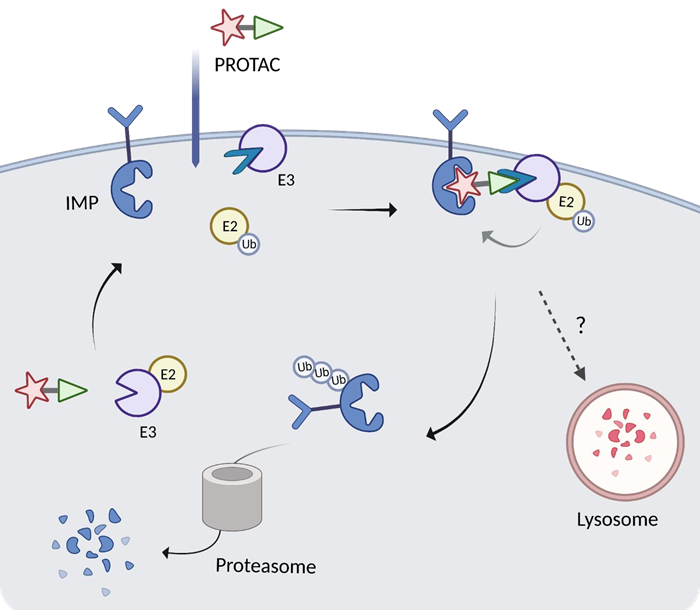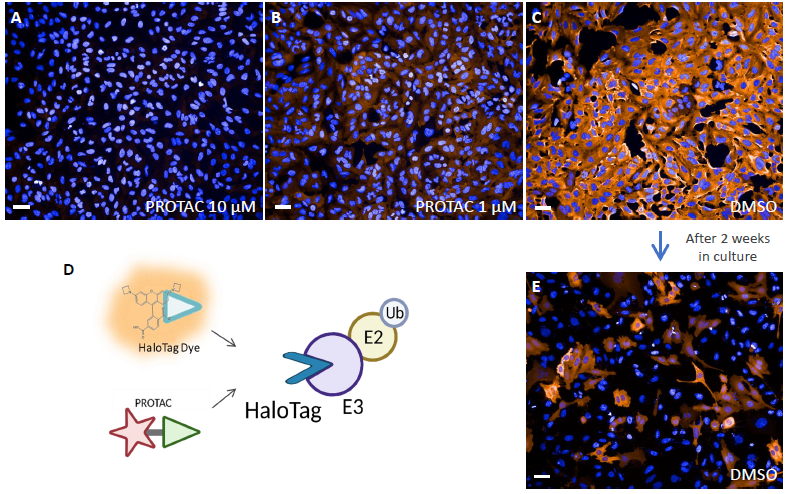This article and associated images are based on a poster originally authored by Camilla Ruffilli, Helen Boyd, Kevin Moreau and Noam Zelcer and presented at ELRIG Drug Discovery 2023 in affiliation with AstraZeneca and the University of Amsterdam.
This poster is being hosted on this website in its raw form, without modifications. It has not undergone peer review but has been reviewed to meet AZoNetwork's editorial quality standards. The information contained is for informational purposes only and should not be considered validated by independent peer assessment.

Protein levels that cause diseases can be modulated using targeted protein degradation (TPD). The most promising approach is the use of PROteolysis TArgeting Chimera (PROTAC) technology.
PROTACs are heterobifunctional molecules that bind to a protein of interest (POI) and an E3 ligase, causing the POI to be degraded by the ubiquitin-proteasome system (UPS) (Figure 1).

Figure 1. PROTAC mechanism.
Integral membrane proteins, or IMPs, are frequently significant factors that support a variety of disease indications. Very few PROTACs are able to effectively degrade IMPs. By the end of 2021, only two targets—out of the 15 PROTACs—were IMPs (Table 1).
VHL and CRBN, the two most prevalent E3 ligases involved, are cytosolic and fail to ubiquitinate membrane proteins.
Table 1. PROTACs entered clinical trials by the end of 2021. Source: Ruffilli et al., 2022.

Can membrane-associated E3s and E3s active towards IMPs be hijacked for targeted protein degradation?
Methods
Due to a lack of specific ligands for the chosen E3, a halo-tagged fusion approach is used.

Figure 2. Strategy.
Results
- Phospho-IMP levels are decreased by engaging the target via PROTAC (Figure 3).

Figure 3. Target engagement. PROTACs inhibit target activation.
- The PROTAC is demonstrated to interact with the E3 ligases using a competition experiment (Figure 4A-D).
- Transduced cell lines were generated expressing E3-HaloTag; however, the system was unsuitable (Figure 4E).

Figure 4. E3 ligase engagement. Transduced cells were treated with higher doses of PROTAC. Competition between the dye and the PROTAC for HaloTag happens.
Future perspectives
- PROTACs will be evaluated in endogenously tagged cell lines expressing the desired Halo-Tagged E3 using immunofluorescence.
- We will use neddylation, proteasome, and lysosomal system inhibitors to study degradation mechanisms.
- Identifying an E3 ligase capable of degrading EGFR or cMET might demonstrate the PROTAC system’s ability to target membrane proteins.
- Isolating E3 selective binders will result in the creation of novel PROTACs that target disease-related IMPs for degradation.
Last Updated: Nov 18, 2024